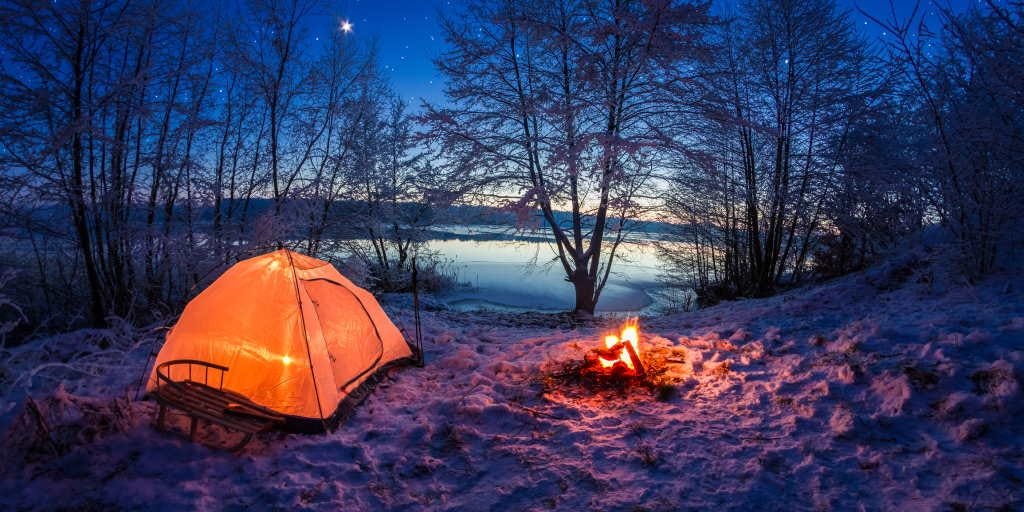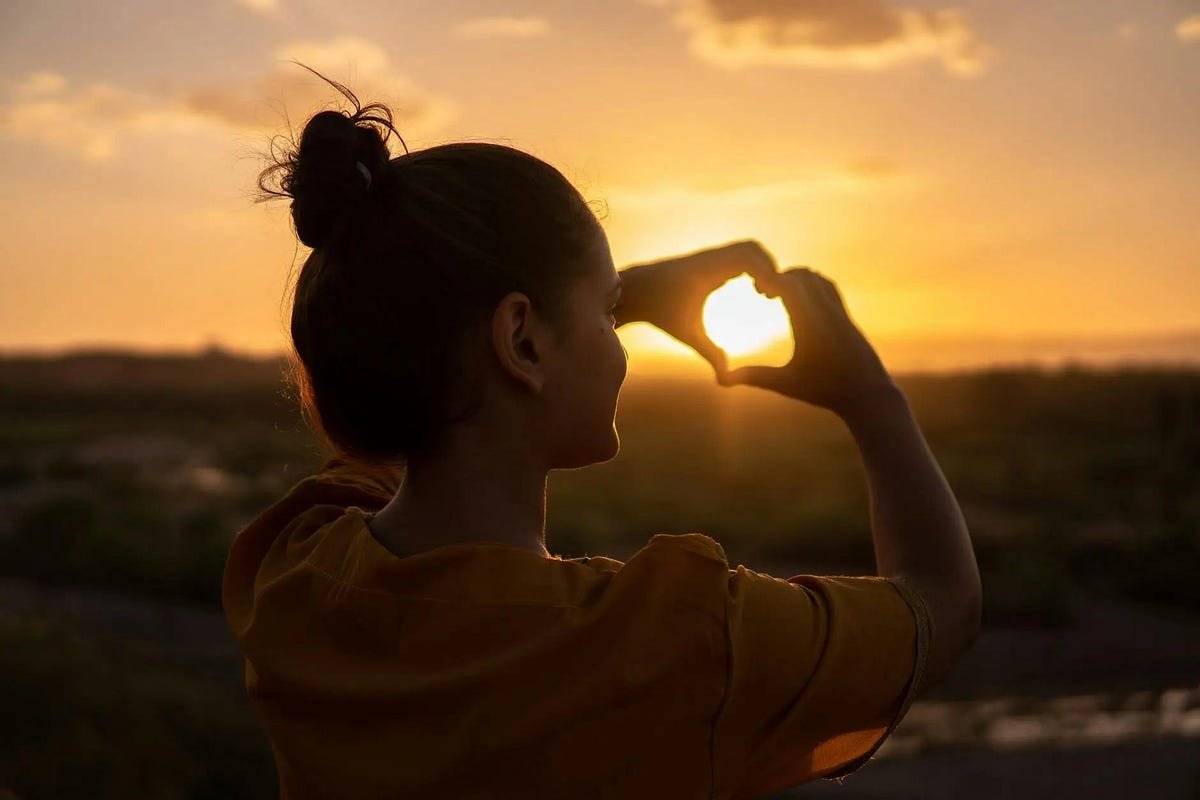The Night My Tent Nearly Froze My Soul (And How I Discovered Game-Changing Winter Camping) | by Great Basin Silence | Jul, 2025

It was 2 AM in the Colorado Rockies, and I was seriously questioning every life choice that had led me to this moment. The temperature had plummeted to -12°F, my water bottles had turned into ice blocks, and despite wearing every piece of clothing I’d packed, I was shivering uncontrollably inside my supposedly “winter-rated” sleeping bag.
That miserable February night marked the end of my traditional winter camping era and the beginning of something far more extraordinary. As I lay there, plotting my escape at first light, I had no idea that within a year, I’d be eagerly seeking out the coldest, most challenging winter conditions for my camping adventures.
The transformation came through a chance encounter with an experienced winter camper named Jake, whom I met at a gear shop in Denver while buying yet another “warmer” sleeping bag. He chuckled when I described my frozen ordeal and said two words that would change everything: “hot tent.”
Jake explained that hot tents — specially designed shelters with integrated stove jacks for wood-burning stoves — had revolutionized winter camping for thousands of outdoor enthusiasts. “Imagine,” he said, “sitting in your underwear inside your tent while it’s blizzarding outside, cooking a hot meal, drying your gear, and sleeping comfortably warm all night.”
I was skeptical. Having grown up with traditional camping wisdom that preached minimalism and “roughing it,” the idea of bringing a wood stove seemed almost like cheating. But after that brutal night in the Rockies, I was ready to embrace any technology that would make winter camping bearable — or better yet, enjoyable.
My first hot tent experience happened three weeks later during a February camping trip to Yellowstone. As snow began falling and the temperature dropped below zero, I lit the compact wood stove inside my new shelter. Within minutes, the interior temperature climbed from freezing to a comfortable 65°F. I sat there in amazement, watching the snow accumulate outside while I prepared a hot dinner in shorts and a t-shirt.
What surprised me most wasn’t just the warmth — it was how a hot tent completely transformed the entire winter camping experience. Suddenly, I had a dry place to change clothes, organize gear, and socialize with fellow campers. The ability to cook elaborate meals and enjoy hot drinks throughout the evening turned camping from survival mode into genuine relaxation.
The psychological impact was equally profound. Instead of dreading nightfall and counting hours until sunrise, I found myself looking forward to retreating to my cozy shelter. Evening became the highlight of each camping day, a time for reading, journaling, or simply watching the flames dance while snow fell silently outside.
Perhaps most importantly, hot tent camping extended my outdoor season indefinitely. Previously, I’d avoided camping between November and March, missing out on some of nature’s most spectacular displays. Now, fresh powder snow, crystalline winter landscapes, and the profound silence of snow-covered forests became accessible and enjoyable.
After two years of extensive hot tent camping across various terrains and conditions, I’ve learned that success depends on understanding a few key principles. First, site selection becomes even more critical — you need level ground, protection from wind, and access to dry firewood. I always scout locations during daylight and clear debris that could pose fire hazards.
Safety cannot be overstated — carbon monoxide detectors are non-negotiable, and proper ventilation must be maintained even when using the stove. I’ve learned to manage the stove carefully, feeding it regularly throughout the evening but allowing it to burn down safely before sleep. The residual heat typically keeps the tent comfortable for 6–8 hours.
The learning curve exists, but it’s gentler than I expected. My first few attempts involved some trial and error with fire management and temperature control, but modern hot tent designs make the process remarkably user-friendly. Quality matters significantly — investing in a well-designed shelter with proper materials and construction pays dividends in comfort, safety, and durability.
Hot tent camping didn’t just solve my winter warmth problem — it fundamentally changed my relationship with cold-weather outdoor adventures. What began as a desperate search for survival comfort evolved into a genuine passion for winter wilderness exploration.
The community of hot tent enthusiasts continues growing rapidly, driven by innovative equipment designs and increasing awareness of the possibilities. Modern hot tents combine lightweight materials with thoughtful engineering, making them accessible to backpackers and car campers alike.
Whether you’re a seasoned winter camper seeking enhanced comfort or someone who’s avoided cold-weather camping entirely, hot tents represent a genuine game-changer. They’ve opened up winter wilderness access for countless outdoor enthusiasts who previously considered such adventures impossible or unpleasant.
If you’re curious about making the leap into hot tent camping, I highly recommend starting with thorough research on equipment options and safety practices. There’s an excellent comprehensive resource covering modern hot tent technology and selection that provides detailed insights into various models, features, and real-world performance testing.
That frigid night in Colorado, when I thought winter camping might not be for me, actually led to discovering one of my greatest outdoor passions. Sometimes our most challenging experiences become the doorway to something extraordinary — you just need the right equipment to unlock the possibilities.


